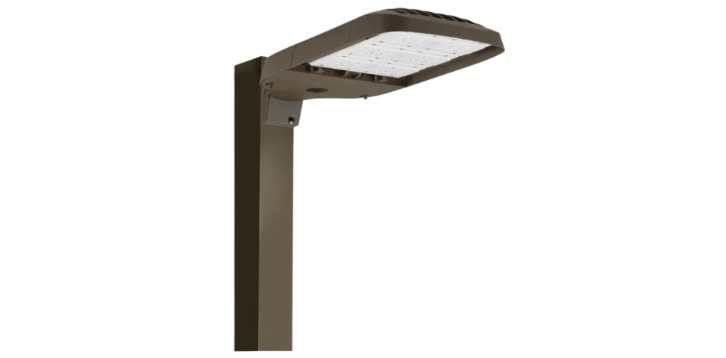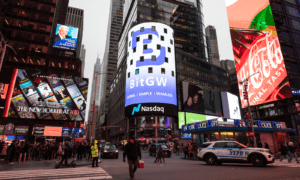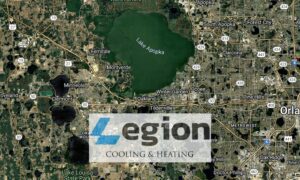In the recent past, innovation in the LED has enhanced highly luminous standards hence revolutionizing the lighting sector. Whether it is an outlet store or apartment complex, businesses need light which offers greater luminosity and value. In turn, LED shop light and LED street light fixture manufacturers have risen to the challenge offered by the market and are now offering products to fill this need. In this article, the author explores why high light output LED technology works and how businesses can tap into the technology’s ability to solve some of the largest LED challenges of complexes and outdoors.
Advanced Lumens Per Watt Efficiency
First, let us discuss a general step closer to high light output LED technology’s most important factor, the lumens per watt (LPW) ratio. Fluorescent or metal halide lamps which are widely used in traditional lighting technologies result in head efficiency and membrane designs. On the other hand, high output LEDs are developed to emit high intensity light while consuming tiny energy.
These improvements in LOW efficiency enable the businesses to cut down general energy consumption but retain high degrees of brightness. LED shop light manufacturers have embraced these developments by offering lights that create more light out of the power they consume in large scale commercial and industrial facilities where consistent high intensity light is always needed. With such a technology in place, organizations can reduce greenhouse emissions and work towards long-term goals of sustainability and savings.
Enhanced Thermal Management Systems
Probably the most critical consideration in an LED is heat dissipation. If not well managed, high output LEDs may become significantly hot, and therefore; shorten the useful lifespan and efficiency. But the current generation of high output systems have far better heat sinks and superior heat dissipation mechanisms allowing it to perform well during high usage.
As thermal management progresses, LED street light fixture makers are able to market fixtures that are proof against harsh environmental vagaries while continuing to emit optimal light and remain efficient. By doing this It guarantees that the fittings including road lights and car park lights will be long lasting and cheap to install in spite of poor climates. The implementation of improved heat transfer systems results in reduced requirements for maintenance thus making these solutions suitable for municipalities and large-scale infrastructural development.
Precision Optics for Better Focus
A key differentiator of high light output LED technology is the option for built-in precision optics. While minstrel-based lamps provide light in a diffuse manner wasting quite a lot of it, high-output LEDs incorporate lenses and reflectors that direct light as desired.
For example, in retail applications, LED shop light manufacturers offer luminaires offering a required beam direction that will enhance special merchandising areas thus giving a good look to products. Like with car headlights, LED street light fixture makers equip street lights with accurate distribution patterns that increase road illumination while reducing glare to other areas. Such a well-targeted lighting approach ensures reduced risks of accidents while at the same time enhancing the utilization of limited energy resources; residents and workers are also made comfortable.
Longer Lifespan and Reliability
High light output LEDs have the quality that make them durable and suitable for use. High performance exhibited by the LEDs in terms of brightness, do not fade out over time as conventional lamp lighting may require constant replacements.
For this reason, high output LEDs have proven to be the best option when it comes to organizations that would want to cut down their costs of operation. For the case of large retail stores or even municipal projects, extended lifespan of LEDs means longer payback time as well as increased uptime for the business. Working with LED street light fixture manufacturers means that there are benefits for the public infrastructure through acquiring reliable and low maintenance lighting devices for streets and public places In addition, reliable fixed indoor commercial places are able to enjoy fixtures that stay at optimum for several years. Furthermore, higher lifespan LEDs mean less of them have to be manufactured, helping corporate goals to lessen their environmental impact by lessening resource consumption.
Customizable and Smart Controls
As with the previous, the greatest benefit of high light output LED technology is its ability to work efficiently with smart control systems. Firms can control lighting by dimmer, switch on/off with motion detectors, use of remote control according to the time of the day or the level of physical activity, which enhances efficiency and user satisfaction.
In industrial uses, LED shop light manufacturers present programmable light fittings, which can be connected to smart building management systems and thus can be remotely monitored and adjusted. Likewise, the streetlight systems offered by LED street light fixture manufacturers can be set to dim and brighten according to traffic flow during the evening, and save energy during low traffic density while ensuring safety during high traffic density during the night. Such smart abilities help to not only cut down energy consumption rates but also optimize the efficiency of a business by automatically controlling lighting.
High light output LED technology has many advantages in the business environment, such as brightness, energy saving and longevity. Using modern technologies involving thermal control systems, optic lens, smart control compatibility, manufacturers of shop light LED and manufacturers of street light LED fixtures have developed products that fit in various options.
If it is illuminating product displays in shops or stores, improving public experiences on the streets or avenues, cutting down costs, then high-output LEDs are the solution to efficiency that businesses require as they compete in the market. However, with the advancement and progression of technologies specifically regarding the use of LEDs, even bigger improvements can be had to address current goals that surround environmental impacts and sustainability, to improved operations, and providing outstanding light output across numerous vertical markets. Furthermore, these advancements help organizations to; comply with the standards set by the environmental departments, be in a position to provide the highest quality of lights and at the long-run, enjoy the benefits of operating in the competitive markets.



































